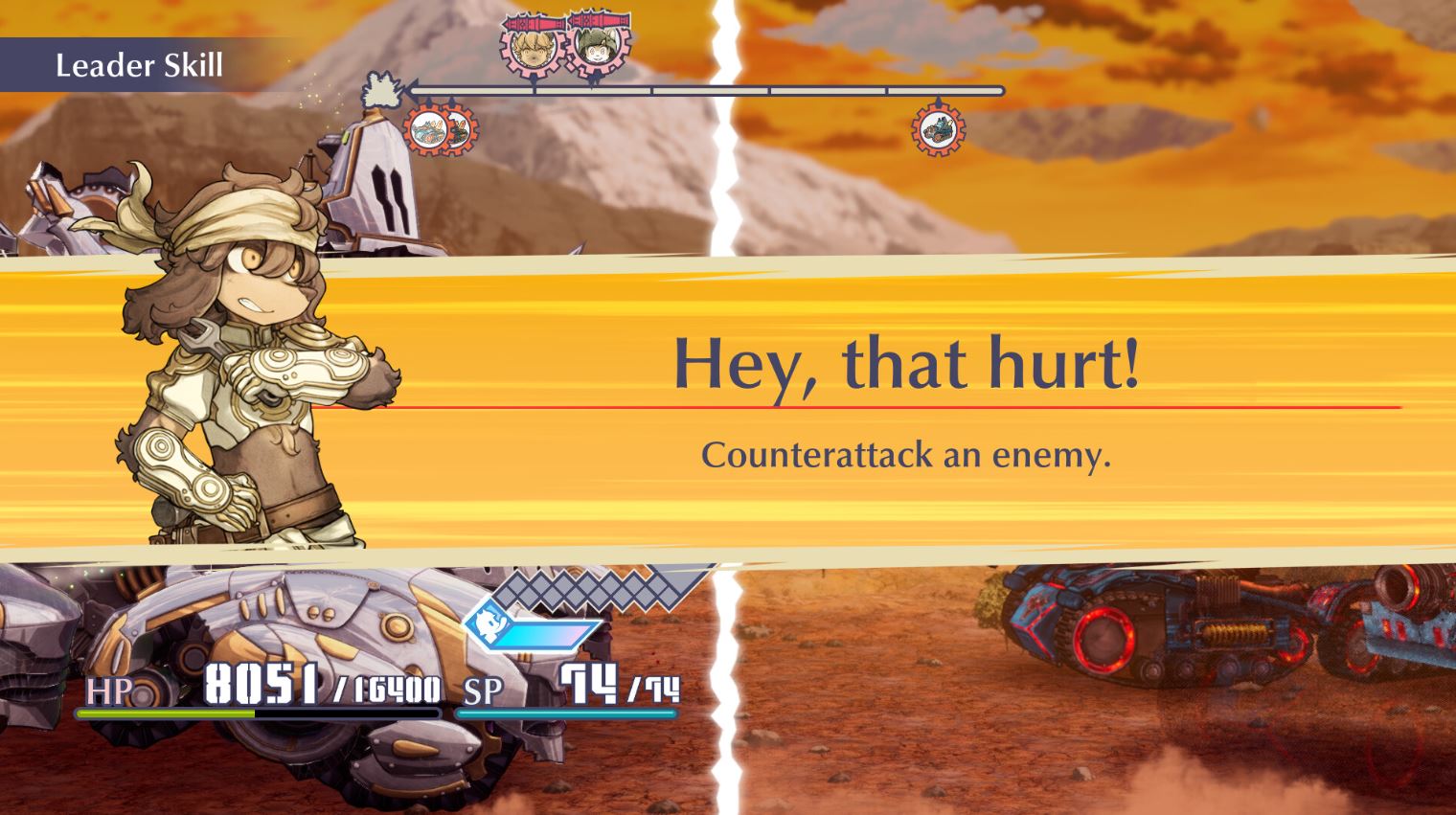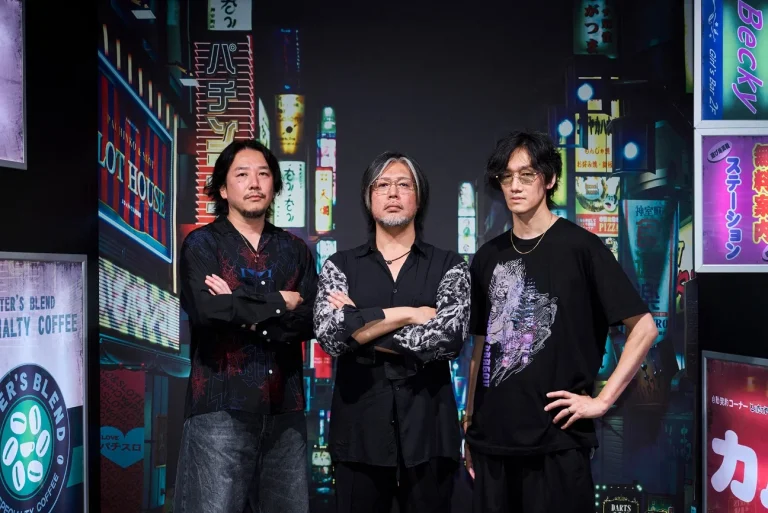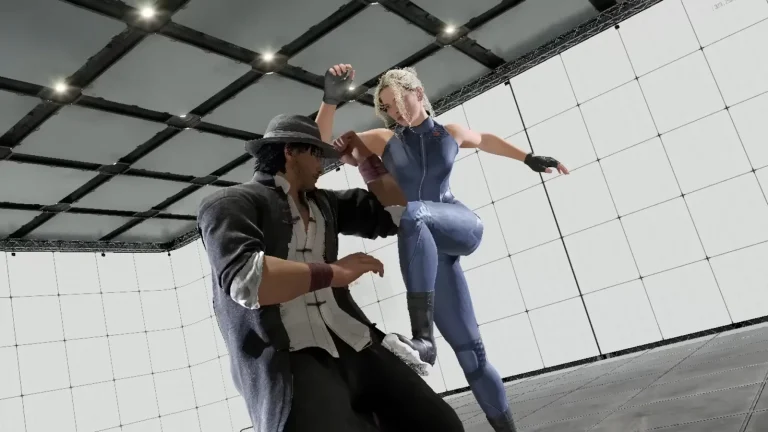CyberConnect2 will release Fuga: Melodies of Steel 3, the finale of the Fuga: Melodies of Steel TRPG trilogy, on May 29 for the PC (Steam/Epic Games), Nintendo Switch, PS4/PS5 and Xbox One/Xbox Series X|S.
Set in a world inhabited by anthropomorphic cats and dogs, the Fuga: Melodies of Steel series tells the story of children who, having lost their homes and families to war, are thrust onto the battlefield. Despite the cute appearance of its characters, the franchise delivers a rather dark drama about survival and sacrifice.
AUTOMATON had the opportunity to interview Hiroshi Matsuyama, CEO of Fuga developer CyberConnect2. We asked him about how the series’ furry/anthro characters have influenced sales and player feedback and briefly delved into why the franchise puts its characters through such cruel ordeals.
You can find part two of this interview here.
―Please introduce yourself.
Hiroshi Matsuyama (hereafter Matsuyama):
I’m Hiroshi Matsuyama, representative of CyberConnect2. Our company is currently in its 30th fiscal term, and in February 2026, we’ll be celebrating our 30th anniversary. The Fuga: Melodies of Steel series, which we started back in 2021, will finally reach its conclusion with the release of Fuga: Melodies of Steel 3 on May 29.
Furries are hot in the US, but we saw surprising popularity in China too
―I’ve heard that the Fuga: Melodies of Steel series is approaching its 500,000 sales milestone. Have you noticed any trends in terms of sales by country or platform?
Matsuyama:
Sales are by far the strongest in the US. Following in order are Japan, China and France. As for platforms, Steam accounts for about 40% of sales and Switch for about 30%, so those two alone make up over 70% of our total sales.
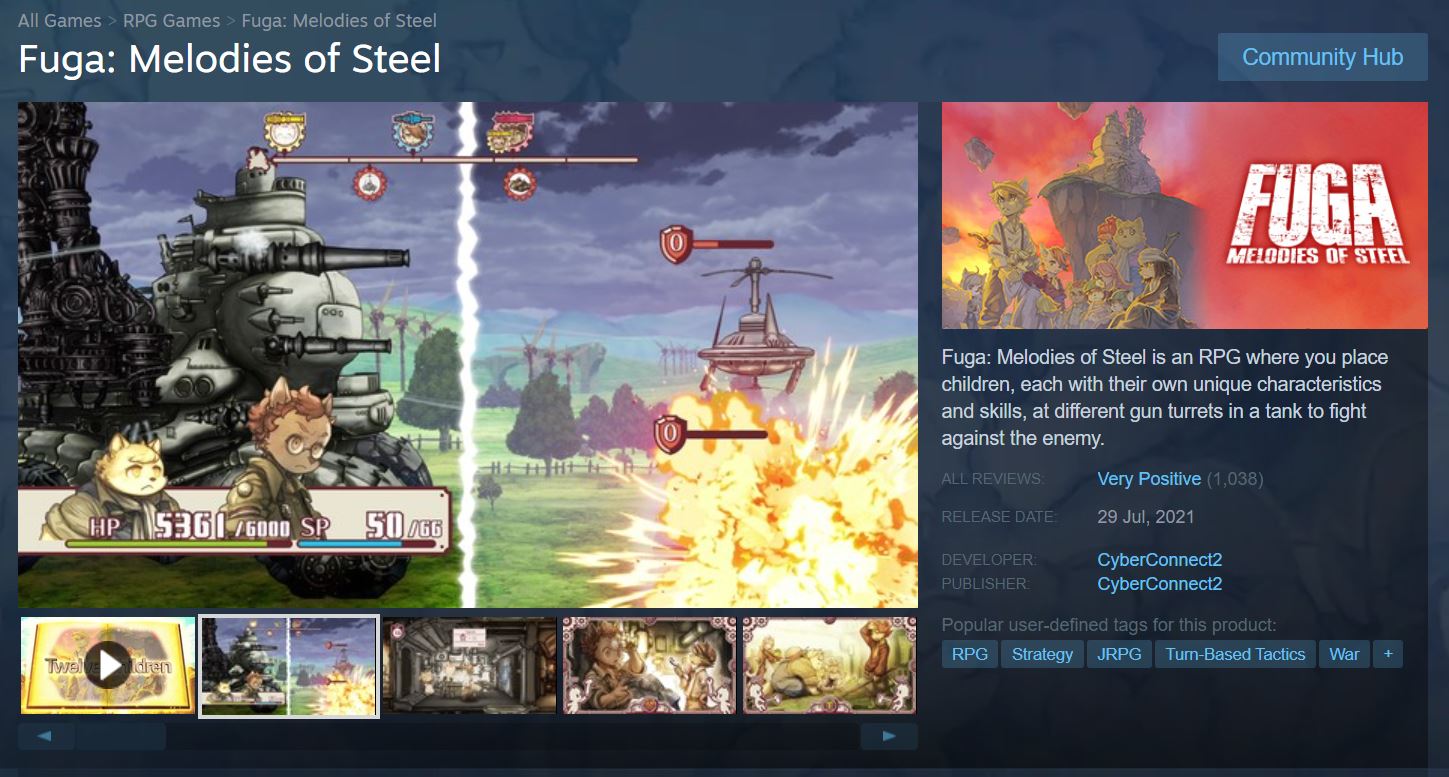
―So it’s the US after all. Is it because there’s a large number of furries?
Matsuyama:
That is, of course, a big part of it – there are many furry lovers in the US. But most of all, the US simply has a huge gaming population. Our other titles, like the Naruto: Ultimate Ninja series, Dragon Ball Z: Kakarot, Demon Slayer -Kimetsu no Yaiba- The Hinokami Chronicles and the .hack series have also seen the biggest success in the North American market. The US is truly a powerhouse in this sense.
And when it comes to furry games, there actually aren’t that many options out there. That’s part of why our Fuga series has seen such a strong response in the US and gained recognition both for its setting and its gameplay. Since we’re well aware of this, we’ve made it a point to participate in furry and anthro-related conventions in the US, such as Anthrocon, which draws over 9,000 visitors every year. These kinds of activities are a clear-cut part of our strategy for growing Fuga’s fanbase.
We held the first CyberConnect2 panel at Anthrocon in 2023, and despite it being our first appearance, 170 people showed up. Since then, we’ve been applying to host panels at Anthrocon every year.

―Do you feel like furries are more passionate than fans that show up at typical gaming conventions?
Matsuyama:
Definitely, there’s a strong passion among them. I think that the furries we depict in Fuga: Melodies of Steel differ in style from what’s most popular in the mainstream, and this could be part of why the response has been so positive.
―So you’ve witnessed the enthusiasm of overseas furries firsthand.
Matsuyama:
That’s right, I’ve gone out and met them in person.
—But does the passion of the furry community translate into sales?
Matsuyama:
Oh yes, it does. To illustrate – we saw a huge spike in the Fuga series’ sales during Steam’s Anthro Festival. It kind of helped awaken latent interest among US furry fans. Our sales tripled during the campaign, and almost all of that came from the US.
―Besides the US, have you noticed any other countries where enthusiasm for furries is strong?
Matsuyama:
It came as a surprise to us, but China. Fuga: Melodies of Steel supports both Traditional and Simplified Chinese, but it’s not officially available in China, so players use VPNs to buy it through the US or Japan. When we saw revenue coming in Chinese Yuan, we were like Wait, how come? Although we expected some players might do this, we were still surprised by how many people in China were actively playing the series, to the point that it’s become our third best-selling region.
As for fourth place, that would be France, but that was intentional on our part. The in-game nation of Gasco is modeled after France, and there’s even some French dialogue in the game. We were conscious of marketing the game to French players, so we purposely incorporated the language.
―So Fuga’s popularity in France was by design.
Matsuyama:
Exactly, that was according to plan. China, on the other hand, was very unexpected.
―Do you feel like the series’ fanbase is continuing to grow?
Matsuyama:
Absolutely. Sales have been rising year after year, and we’re just about to hit 500,000 downloads worldwide. I think we’re definitely on track to reach that milestone when Fuga: Melodies of Steel 3 launches. We’re also seeing more fan art and memes made using the game’s official assets, and I really feel like the community is growing rapidly.
Why does CyberConnect2 put its furries through so much suffering?
—I can’t help but notice that the Fuga series puts its furry characters through some serious hardship. You’re dishing out quite dark, emotional content to people who love these characters – has there been any backlash? Especially with mechanics like the Soul Cannon, a weapon that sacrifices a child’s life to turn the tables in battle…
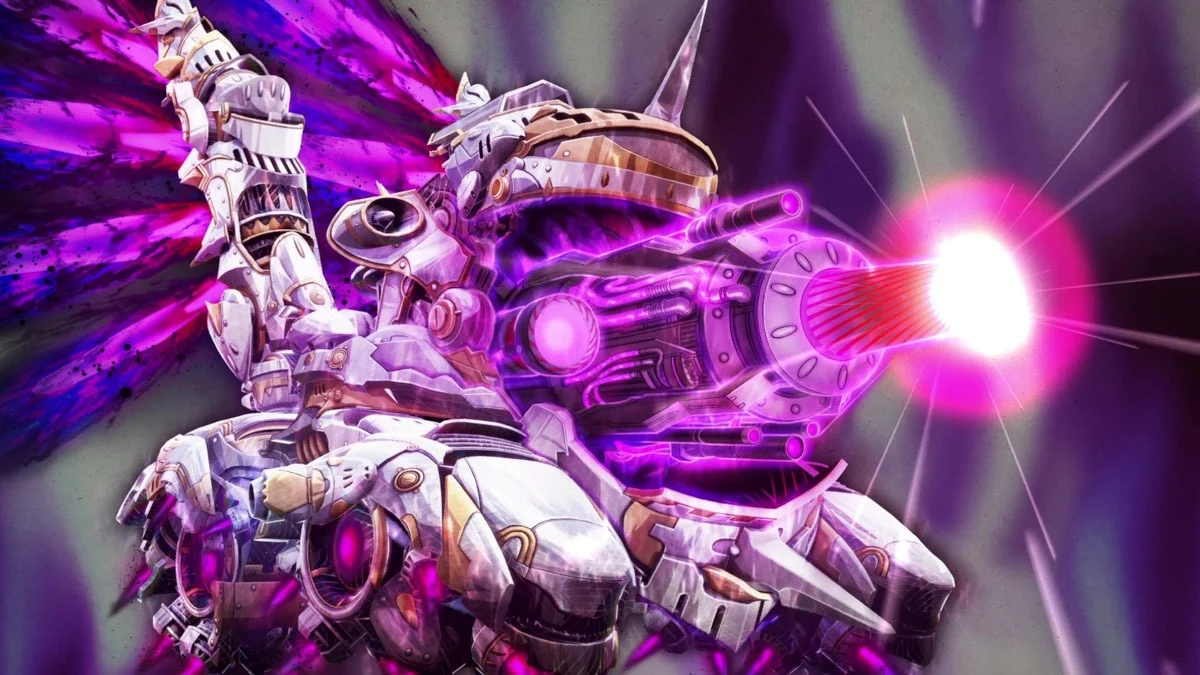
Matsuyama:
We don’t get backlash like that at all. Sure, when you describe it as “a weapon that sacrifices a child’s life,” it definitely sounds brutal. But once you get into the game, you realize that it’s actually all about winning while avoiding using the Soul Cannon as much as possible. Players go in with the mindset “I’m not using it no matter what,” and they feel united around that struggle. In this sense, I feel like it’s been received very positively.
―Still, in the story, the characters face terrible predicaments that can’t be avoided. Why do you put them through all that?
Matsuyama:
Well, think of shonen manga. You can’t have growth without hardship.
—So the suffering draws from shonen manga-style storytelling?
Matsuyama:
Yes, that’s what motivates the players to fight for the characters’ sake with all their might. This is part of the game’s design.
―So you believe the sacrifices are necessary to encourage character growth and motivate the player.
Matsuyama:
Well, it’s something like “don’t let them suffer if you can help it.” You can let them suffer if you choose to, though (laughs). But well, they are caught up in a war after all, so it can’t be helped.
—Do you ever think, “I just want these furries to live in peace”?
Matsuyama:
It’s precisely because I want them to live in peace that they have to fight for it. That’s why they have no choice but to march through the flames of war, even if it means suffering.
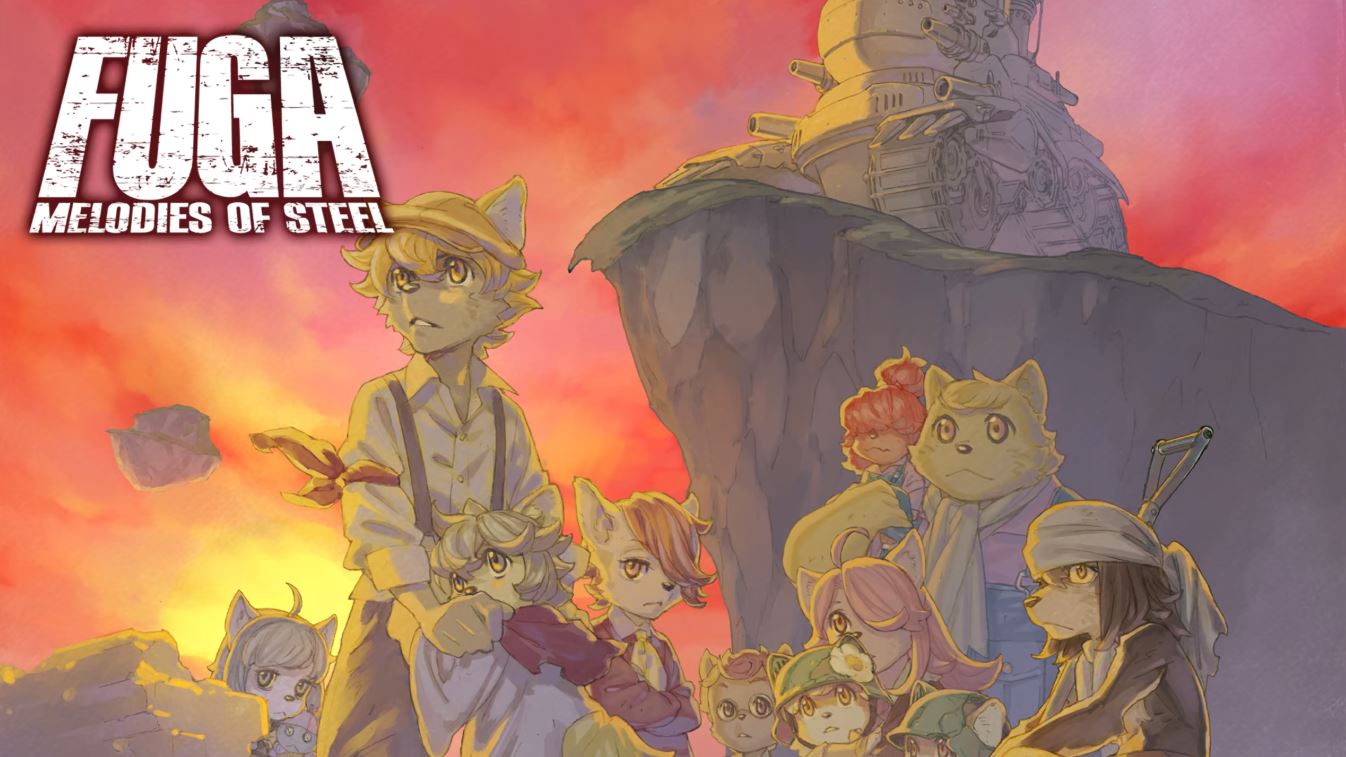
―It’s the whole “spare the rod and spoil the child” approach, huh?
Matsuyama:
Exactly. Without growth, you can’t achieve true peace.
―You’re like a tough-love dad (laughs). But as you say, despite the brutal setting, the Fuga series has really been accepted by its players. How have Western players, in particular, responded to it?
Matsuyama:
I believe it has struck them in the exact way we were going for. For example, this is a comment I received from a media outlet, but in the first Fuga: Melodies of Steel, there’s a tutorial section that makes you fire the Soul Cannon, right? Well, they said “after firing it, I had to go take a shower fully clothed to reflect on what I’d done.”
―(laughs)
Matsuyama:
That’s how shocked they were. I think this kind of response, dark humor included, is very typical of our American fans. The Fuga series portrays the brutal battles and fates of the characters, but the players accept it and feel the need to push forward. The inner dilemmas of the kids are portrayed through the games too, and people have been very receptive to that. We’ve received a Metascore of 85 (both Fuga: Melodies of Steel 1 and 2 have a Metascore near 85), which is honestly a very solid score. I’d say that both in terms of gameplay and in terms of story, we’ve seen a positive response.
―Do you secretly grin to yourself whenever you see players’ get shocked by the games?
Matsuyama:
…I do.
―You’re so evil.
Matsuyama:
Oh come on, of course I would! We’re designing the games to make people feel that way, so if we get those kinds of reactions, that means we’ve accomplished our goal.
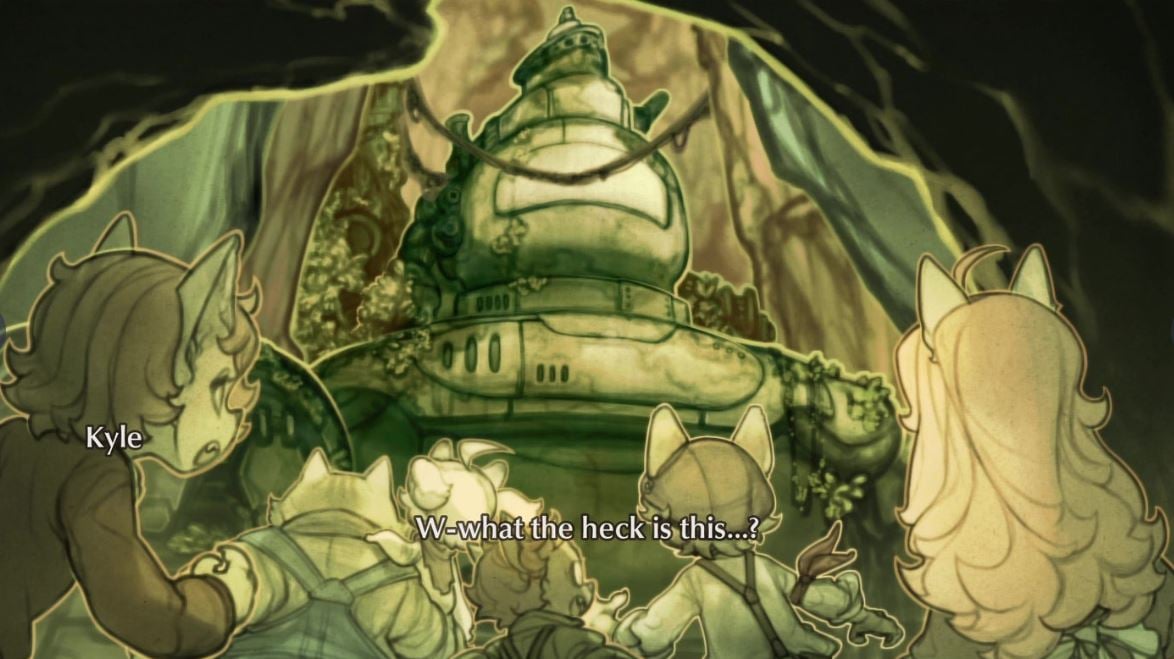
―So you’re hoping to see players horrified and shaken?
Matsuyama:
No, not just negative emotions – I want them to feel everything from joy to sorrow. We design the games so that they stir up people’s emotions, but we realize that this requires a delicate balance. We can’t make something that’s just completely gut-wrenching. If the players just get mad like “What the hell is this?” and drop the game, that’s no good. Instead, we have to go as far as we can without tipping players over the edge, nudging them just enough to feel like they need to do something for the characters and keep playing. In a way, this has to do with a game designer’s honor, so seeing players respond exactly as we anticipated feels very rewarding.
―As a player myself, I have to say I sometimes feel like you do cross that line and venture into fully gut-wrenching territory…
Matsuyama:
We really are holding that line! But well… I guess it’s subjective after all.
—So from a developer’s standpoint, you’re actually always aiming for a middle ground.
Matsuyama:
That’s right. You know how when you read something like Ushio & Tora or Karakuri Circus, it never feels too gruesome or off-putting? Even though such aspects are present, you can feel that the story’s still heading towards the light. I think that’s a matter of being able to sense the creator’s intent. The same goes for Fuga.
―I have to agree with that. I can’t call Fuga a depressing game. In our past coverage, we’ve described the series as “harsh,” “full of despair” and “extreme,” but perhaps “harsh” is the most fitting out of them.
Matsuyama:
Yeah, there’s no doubt about it being harsh.
Fuga: Melodies of Steel 3 releases on May 29 for the PC (Steam/Epic Games Store), Nintendo Switch, PS5/PS4 and Xbox Series X|S/Xbox One.

